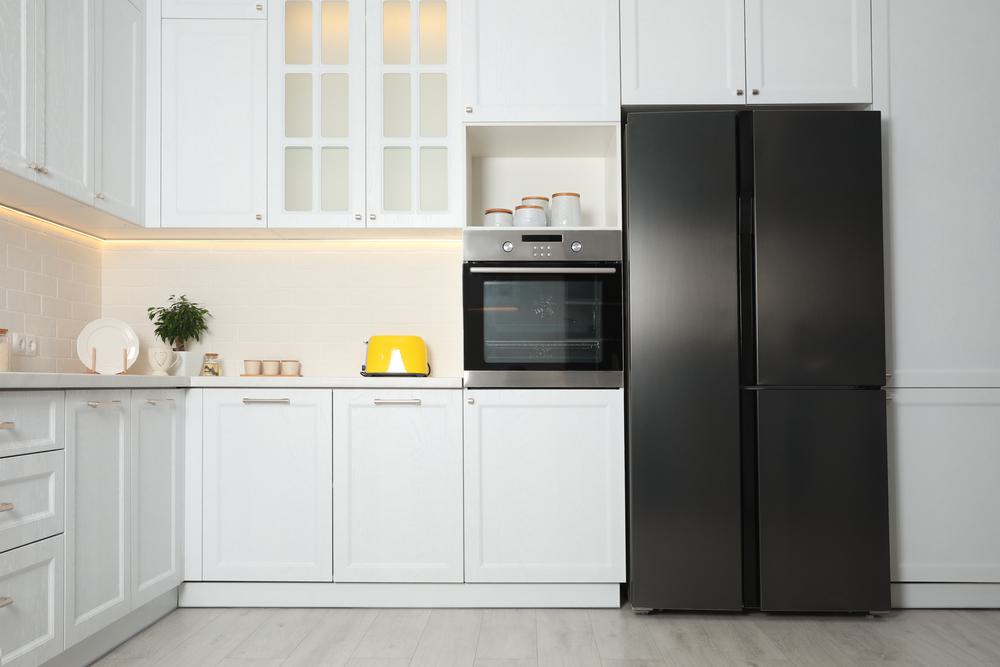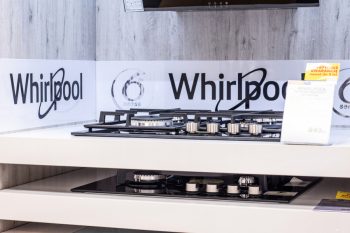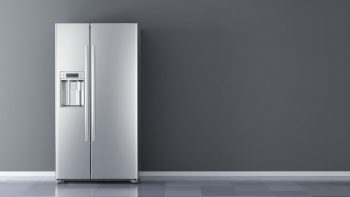
Energy efficiency has become a major concern for many households as it not only reduces the energy bills but also contributes to a greener environment. This is particularly true for appliances like refrigerators that run 24/7. But what exactly makes a refrigerator energy-efficient? How can you identify an energy-efficient model, and what benefits can you expect from it? Let’s delve into the details.
A refrigerator becomes energy efficient through features like ENERGY STAR certification, high-efficiency compressors, improved insulation, precise temperature and defrost mechanisms, and an appropriate size. An energy-efficient refrigerator consumes less power, thus reducing energy bills and contributing to environmental conservation.
Key Features of an Energy-Efficient Refrigerator
Energy-efficient refrigerators come with several distinct features that set them apart:
- ENERGY STAR Certification: This is a seal of approval from the U.S. Environmental Protection Agency (EPA) that signifies the appliance meets the energy-efficiency guidelines set by the U.S. Department of Energy. ENERGY STAR certified refrigerators are about 9% more energy-efficient than models that meet the federal minimum standard for energy efficiency.
- High-Efficiency Compressors: These compressors use less energy and generate less heat than standard ones, thereby reducing the overall energy consumption of the refrigerator.
- Improved Insulation: Better insulation helps maintain the desired temperature inside the refrigerator, which means the appliance doesn’t have to work as hard, thus saving energy.
- Precise Temperature and Defrost Mechanisms: These mechanisms help to maintain optimal conditions inside the refrigerator, preventing excessive energy use.
- Size: The size of the refrigerator also plays a role in its energy consumption. Generally, larger refrigerators consume more energy. The most energy-efficient models are usually between 16-20 cubic feet.
Understanding ENERGY STAR and Other Energy Efficiency Ratings
When shopping for an energy-efficient refrigerator, it’s important to understand the different energy efficiency ratings. The ENERGY STAR rating is the most widely recognized in the U.S. To earn this rating, refrigerators must meet strict energy efficiency criteria set by the EPA or the U.S. Department of Energy. For instance, qualified refrigerators must be at least 15% more efficient than the minimum federal efficiency standard.
In addition to ENERGY STAR, there’s the energy-efficient ratio (EEF) rating and the Consortium for Energy Efficiency (CEE) tier rating. The CEE tier ratings are based on ENERGY STAR standards, with higher tiers indicating greater energy efficiency.
Benefits of Using an Energy-Efficient Refrigerator
Switching to an energy-efficient refrigerator offers several benefits:
- Energy Savings: Energy-efficient refrigerators use less energy, leading to significant savings on your energy bills.
- Cost Savings: The savings on energy bills add up over time. For example, an ENERGY STAR-certified refrigerator can save more than $220 over a 12-year lifetime.
- Environmental Benefits: By using less energy, these refrigerators help prevent greenhouse gas emissions by reducing the environmental impact of electricity generation.
- Improved Performance: Energy-efficient refrigerators often come with high-performance features that enhance their overall functionality.
- Extended Life Expectancy: These refrigerators tend to last longer due to their lower electricity consumption and reduced maintenance costs.
How to Enhance the Energy Efficiency of Your Refrigerator
Proper maintenance and usage can significantly enhance the energy efficiency of your refrigerator. Here are some tips:
- Clean the condenser coils at least once a year. Dirty coils force the refrigerator to work harder, increasing energy costs by up to 35%.
- Set the appropriate temperature. Keeping your refrigerator at 35 to 38 degrees Fahrenheit and your freezer between 0 and 5 degrees Fahrenheit can save up to 25% more energy.
- Ensure proper ventilation by placing your refrigerator away from heat sources and leaving a few inches between the wall and the refrigerator for air circulation.
- Check the door seals to ensure they are airtight. If not, replace them.
- Minimize door opening to reduce energy consumption.
By following these tips, you can optimize your refrigerator’s performance, reduce energy consumption, and extend its lifespan. Remember, using an energy-efficient refrigerator can lead to energy and cost savings, improved performance, and environmental benefits, making it a smart choice for both your wallet and the planet.
Frequently Asked Questions
What is the federal minimum standard for energy efficiency?
The federal minimum standard for energy efficiency varies depending on the type and size of the appliance. For refrigerators, the current standard requires the energy usage to be no more than 10% above the energy consumption calculated using the Department of Energy’s formula.
How often should I replace the door seals of my refrigerator?
The door seals of your refrigerator should be replaced as soon as they start to deteriorate or no longer seal properly. This can happen due to age or wear and tear. Regularly check the seals for cracks or gaps, and replace them if necessary to maintain the refrigerator’s efficiency.
Are there other energy efficiency certifications aside from ENERGY STAR?
Yes, there are other certifications for energy-efficient appliances. For instance, the European Union has the EU Energy Label, while Australia has the Energy Rating Label. However, in the U.S., ENERGY STAR is the most recognized certification.
How can I check if my refrigerator is set at the right temperature?
You can check the temperature of your refrigerator by using a refrigerator thermometer. Place it in the center of the middle shelf (not on the door) and wait 24 hours. If the temperature is not within the recommended range (35-38 degrees Fahrenheit for the refrigerator, 0-5 degrees Fahrenheit for the freezer), adjust the refrigerator’s thermostat.
Does the color of the refrigerator affect its energy efficiency?
No, the color of a refrigerator does not affect its energy efficiency. Factors that affect energy efficiency include the size, the model, the age, the temperature settings, and the condition of the door seals.











